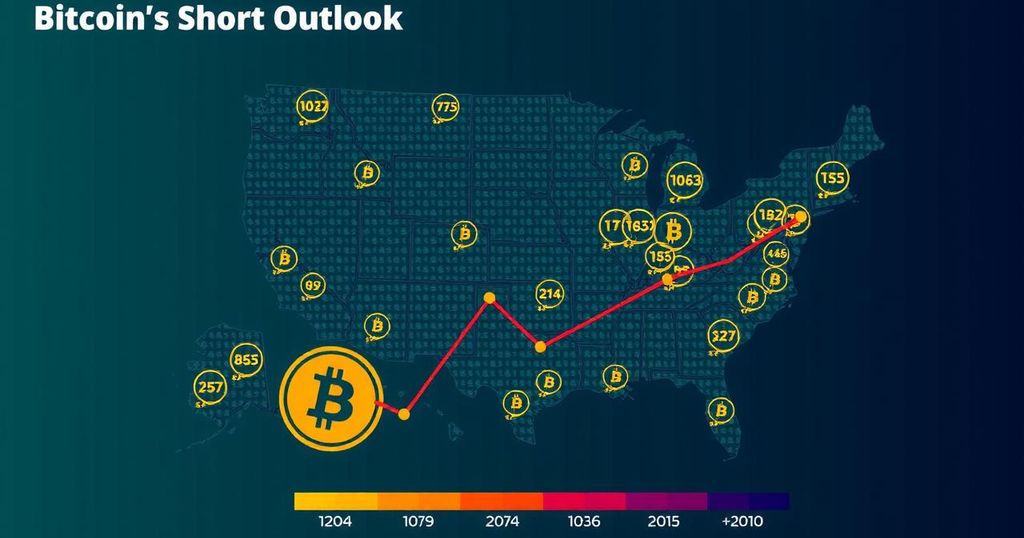Bitcoin’s Short-Term Outlook Amid Weak US Employment Data and Anticipated Interest Rate Cuts
In the wake of disappointing US employment figures, which reported a year-on-year decline of 818,000 jobs last March, speculation surrounding Bitcoin’s potential movements has intensified. The confirmation of an impending interest rate cut by the Federal Reserve, projected for September, raises questions about the possible bullish implications for Bitcoin, especially considering its recent surge to $64,000.
The US Bureau of Labor Statistics recently revealed that the non-farm job market had decreased by 818,000 jobs (0.5% drop) from March 2023 to March 2024. The private sector’s employment also saw a decline of 0.6%, equating to 819,000 jobs lost. A notable downturn was observed in the professional and business services sector, which fell by 1.6%—accounting for a loss of 358,000 jobs. Additionally, the leisure and hospitality and manufacturing sectors each reported significant employment losses of 150,000 and 115,000 jobs, respectively. While analysts had predicted this downturn, the figures nonetheless undermined hopes for a robust recovery in the job market during the current year. In light of these developments, Republican representatives seized the moment to critique the administration’s economic strategies, specifically targeting the efficacy of President Biden’s “Bidenomics.”
From a monetary policy perspective, it may have been prudent for the Federal Reserve to maintain a neutral stance regarding interest rate cuts to avoid any premature action prior to the upcoming Federal Open Market Committee (FOMC) meeting. However, Chair Jerome Powell has articulated a definitive expectation that “the time has come” for an adjustment in rates, as he stated during the recent Jackson Hole economic forum. Analysts are currently anticipating a series of interest rate reductions leading to a target of 3.7% this year, with projections extending to potential reductions of 4.5% in 2025. These forecasts are heavily influenced by the approaching US presidential election slated for November.
While the political landscape evolves, the Democratic Party has shown signs of reevaluating its stance on cryptocurrencies, whereas the Republican candidates, including Donald Trump and his vice presidential hopeful JD Vance, have pledged to end the federal government’s rigorous oversight of the crypto market, denouncing it as an “unlawful and un-American” initiative.
The anticipation of an interest rate cut raises complex implications for Bitcoin’s trajectory. Despite the prevailing uncertainty surrounding the 2024 presidential elections, it is evident that optimistic signals from the Fed have fueled a notable recovery in Bitcoin prices up to $64,000 this past Saturday morning (UTC). To formulate a more precise forecast regarding Bitcoin and the broader crypto market, analysts must consider the prevailing dynamics of the equity market alongside the strength of the US dollar. If Bitcoin can sustain its value amid dollar depreciation and the allure of fixed-income investments, it may bolster its reputation as an inflation hedge, attracting fresh interest from both retail and institutional investors.
Conversely, should the equity markets respond negatively—particularly if the Fed’s actions do not yield a stable economic environment—the risk appetite among investors may wane, leading to a potential decline in interest for higher-risk assets such as Bitcoin. In this scenario, the crypto community could face the prospect of Bitcoin testing critical support levels. It is also essential to note that a flight to safety might not yield immediate benefits for Bitcoin and its peers, as investors may turn to more tangible assets like gold or real estate in times of uncertainty.








Post Comment